Home>Articles>What Temperature Do Cook Pancakes In An Electric Skillet
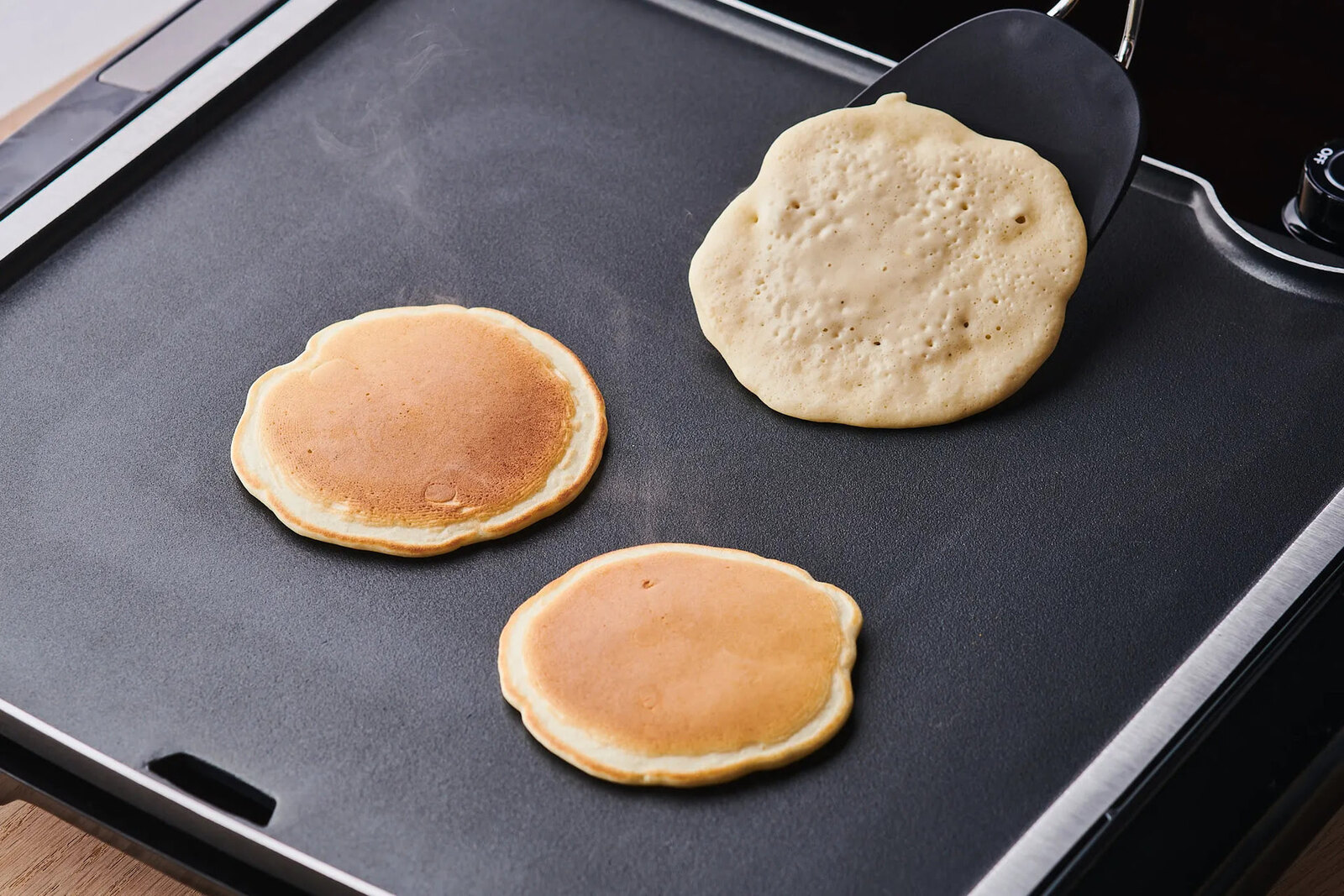

Articles
What Temperature Do Cook Pancakes In An Electric Skillet
Modified: August 20, 2024
Discover the perfect temperature for cooking pancakes in an electric skillet with our informative articles. Master the art of pancake making for a delicious breakfast treat.
(Many of the links in this article redirect to a specific reviewed product. Your purchase of these products through affiliate links helps to generate commission for Storables.com, at no extra cost. Learn more)
Introduction
Pancakes are a beloved breakfast staple enjoyed by people all over the world. Whether you prefer them fluffy, thin, sweet, or savory, cooking the perfect pancake requires the right tools and techniques. One such tool that can vastly improve your pancake-making experience is an electric skillet.
An electric skillet is a versatile kitchen appliance that offers precise temperature control and even heat distribution. Its non-stick surface reduces the need for excessive oil or butter, resulting in healthier pancakes. But what temperature should you cook pancakes in an electric skillet to achieve that golden-brown perfection? In this article, we will explore the ideal temperature for cooking pancakes in an electric skillet and provide tips to help you achieve pancake perfection.
Key Takeaways:
- The ideal temperature range for cooking pancakes in an electric skillet is between 350°F (175°C) and 375°F (190°C), offering a balance of texture and golden-brown color. Experimentation and consistency are key to achieving pancake perfection.
- Using an electric skillet for pancakes provides benefits such as precise temperature control, even heat distribution, and a non-stick surface. Following tips and avoiding common mistakes can help you consistently create delicious, fluffy pancakes.
Benefits of using an electric skillet for pancakes
Using an electric skillet to cook pancakes offers several advantages that can enhance your pancake-making experience. Here are some of the benefits:
- Temperature control: Electric skillets allow you to precisely control the cooking temperature, ensuring consistent results every time. This is especially important when cooking pancakes, as the right temperature can make all the difference between a perfectly cooked pancake and one that is undercooked or burnt.
- Even heat distribution: Unlike stovetop pans, electric skillets provide even heat distribution across the cooking surface. This means that your pancakes will cook evenly, without any hotspots or uneven browning. This allows for a more uniform and aesthetically pleasing final product.
- Non-stick surface: Most electric skillets come with a non-stick surface, which reduces the need for excessive oil or butter while cooking pancakes. This not only makes your pancakes healthier but also prevents them from sticking to the surface, making flipping and serving a breeze.
- Size and capacity: Electric skillets come in a variety of sizes, allowing you to choose one that best suits your needs. Whether you’re cooking for yourself or for a larger group, you can find an electric skillet that accommodates the desired quantity of pancakes. The spacious cooking surface also enables you to cook multiple pancakes simultaneously, saving you time and effort.
- Convenience and portability: Electric skillets are portable and can be used in any part of your kitchen, eliminating the need for a stovetop. This flexibility is particularly useful when you have limited counter space or need to bring your pancake-making skills to an outdoor event or a friend’s house.
Overall, using an electric skillet for pancakes offers convenience, precision, and consistent results. It is a versatile tool that can elevate your pancake-making game and help you create delicious pancakes every time.
The ideal temperature for cooking pancakes in an electric skillet
Getting the temperature right is key to achieving perfectly cooked pancakes in an electric skillet. The ideal temperature range for cooking pancakes in an electric skillet is typically between 350°F (175°C) and 375°F (190°C). Within this range, you can adjust the temperature based on your desired pancake texture and browning level.
Here’s a breakdown of the different temperature ranges and their effects on pancake cooking:
- Low heat (300°F – 325°F / 150°C – 165°C): This temperature range is best suited for thinner pancakes that cook relatively quickly. The pancakes will have a softer texture with a lighter shade of golden brown. However, they may be more susceptible to sticking to the skillet, so proper greasing is essential.
- Medium heat (350°F – 375°F / 175°C – 190°C): This is the recommended temperature range for most types of pancakes. It allows for a nice balance between cooking the pancakes through while achieving a desirable golden-brown color. The pancakes will have a fluffy texture with a slightly crispy exterior.
- High heat (400°F – 425°F / 205°C – 220°C): This higher temperature range is suitable for thinner and smaller pancakes, such as crepes. The pancakes will cook quickly and develop a more pronounced crispy texture. However, there is a higher risk of burning or overcooking, so keep a close eye on them.
It’s important to note that different electric skillets may have slight variations in temperature accuracy. It’s recommended to use an oven thermometer or an electric skillet with a built-in temperature control display to ensure accurate readings.
Experimenting with different temperatures and observing the cooking results will help you determine the ideal temperature setting for your electric skillet and personal preference. Remember, practice makes perfect, and adjustments may be needed based on factors such as pancake batter thickness and specific recipe instructions.
Now that you know the ideal temperature range, let’s explore some tips to help you achieve the perfect pancake temperature consistently.
Set your electric skillet to a medium heat, around 350°F. This will allow the pancakes to cook evenly without burning.
Tips for achieving the perfect pancake temperature
While knowing the ideal temperature range for cooking pancakes in an electric skillet is crucial, there are a few additional tips you can follow to ensure you achieve the perfect pancake temperature consistently. Here are some helpful tips:
- Preheat the electric skillet: Before you start cooking your pancakes, make sure to preheat the electric skillet for a few minutes. This allows for even heat distribution and helps maintain a consistent cooking temperature throughout.
- Use a medium heat setting: As mentioned earlier, a medium heat setting in the range of 350°F to 375°F (175°C to 190°C) is generally ideal for most pancake recipes. Start with this temperature and adjust as needed based on your preference and the skillet’s performance.
- Check the temperature with a test pancake: It’s a good idea to test the temperature with a small, sacrificial pancake before cooking the whole batch. This allows you to assess the browning and texture of the test pancake and make any necessary temperature adjustments before proceeding.
- Keep the temperature consistent: Once you have found the right temperature, try to maintain it consistently throughout the cooking process. Avoid constantly adjusting the heat, as this can lead to inconsistent browning and cooking times.
- Flip at the right time: The key to achieving a evenly cooked pancake is flipping it at the right time. Look for bubbles forming on the surface of the pancake and the edges starting to set before flipping. This usually takes around 2-3 minutes, but the timing may vary depending on the pancake size and thickness.
- Adjust heat as needed: If you find that your pancakes are browning too quickly or not cooking through completely, you may need to adjust the temperature slightly. Take note of any changes you make and observe the effects on the pancakes to find the ideal temperature and cooking time for future batches.
- Keep the skillet clean: Ensure that the skillet surface is clean before cooking each batch of pancakes. Any leftover batter or residue can affect the cooking temperature and result in unevenly cooked pancakes.
By following these tips, you’ll be well on your way to achieving the perfect pancake temperature consistently in your electric skillet. Practice and experimentation will help you fine-tune the process to suit your preferences and pancake recipes.
Now, let’s discuss some common mistakes to avoid while cooking pancakes in an electric skillet to ensure the best possible results.
Common mistakes to avoid while cooking pancakes in an electric skillet
While cooking pancakes in an electric skillet can be a relatively simple process, there are a few common mistakes that can hinder your pancake-making success. By being aware of these mistakes, you can avoid them and ensure perfect pancakes every time. Here are some common mistakes to watch out for:
- Using the wrong temperature: Cooking pancakes at too high or too low a temperature can result in unevenly cooked pancakes. It’s important to find the ideal temperature range for your electric skillet and follow the recommended temperature guidelines discussed earlier.
- Overmixing the batter: Overmixing the pancake batter can lead to dense and tough pancakes. It’s important to mix the batter just until the dry ingredients are incorporated. A few lumps are normal and will disappear during cooking, resulting in lighter and fluffier pancakes.
- Not preheating the skillet: Preheating the electric skillet allows for even heat distribution and helps prevent sticking. Skipping this step can result in uneven cooking and difficulty in flipping the pancakes.
- Using too much or too little batter: Using the right amount of pancake batter is crucial. Using too much batter can result in thick and undercooked pancakes, while using too little can result in thin and overcooked pancakes. Follow the recipe instructions for the recommended amount of batter per pancake.
- Flipping the pancakes too soon: It may be tempting to flip the pancakes as soon as you see a few bubbles on the surface, but it’s important to wait until the edges are set and the bubbles are evenly spread across the pancake. Flipping too soon can cause the pancake to deflate and result in a gummy texture.
- Pressing down on the pancakes: Resist the urge to press down on the pancakes with a spatula while they’re cooking. This can squeeze out the moisture and lead to dense, dry pancakes. Instead, let them cook undisturbed until they’re ready to be flipped.
- Not greasing the skillet properly: Even if your electric skillet has a non-stick surface, it’s still important to grease it before cooking the pancakes. This helps ensure that they won’t stick and makes flipping and serving easier. Use a small amount of oil or cooking spray to lightly grease the surface.
- Not adjusting the temperature as needed: Keep an eye on the pancakes as they cook and adjust the temperature if necessary. If they are browning too quickly, lower the heat slightly. If they are taking too long to cook, increase the heat slightly. Adapting to the specific characteristics of your electric skillet will help you achieve optimal results.
By avoiding these common mistakes, you can ensure that your pancakes turn out perfect every time you use your electric skillet. Now, let’s wrap up our discussion.
Conclusion
Using an electric skillet for cooking pancakes offers numerous benefits, including precise temperature control, even heat distribution, and a non-stick surface. By understanding the ideal temperature range for cooking pancakes in an electric skillet and following some helpful tips, you can consistently achieve perfectly cooked pancakes with a fluffy texture and a delightful golden-brown color.
Remember to preheat the skillet, use a medium heat setting, and check the temperature with a test pancake to ensure optimal results. Keep the temperature consistent, flip the pancakes at the right time, and adjust the heat as needed to avoid any undercooked or overcooked pancakes.
Avoid common mistakes such as using the wrong temperature, overmixing the batter, not preheating the skillet, using too much or too little batter, flipping the pancakes too soon, pressing down on the pancakes, not greasing the skillet properly, and not adjusting the temperature as needed.
With practice and experimentation, you will find the perfect pancake temperature that suits your preference and yields consistently delicious results. So, grab your electric skillet, whip up some pancake batter, and enjoy the satisfaction of cooking the perfect pancakes every time!
Stay tuned for more helpful tips and tricks to improve your cooking skills and elevate your culinary creations. Happy pancake-making!
Frequently Asked Questions about What Temperature Do Cook Pancakes In An Electric Skillet
Was this page helpful?
At Storables.com, we guarantee accurate and reliable information. Our content, validated by Expert Board Contributors, is crafted following stringent Editorial Policies. We're committed to providing you with well-researched, expert-backed insights for all your informational needs.
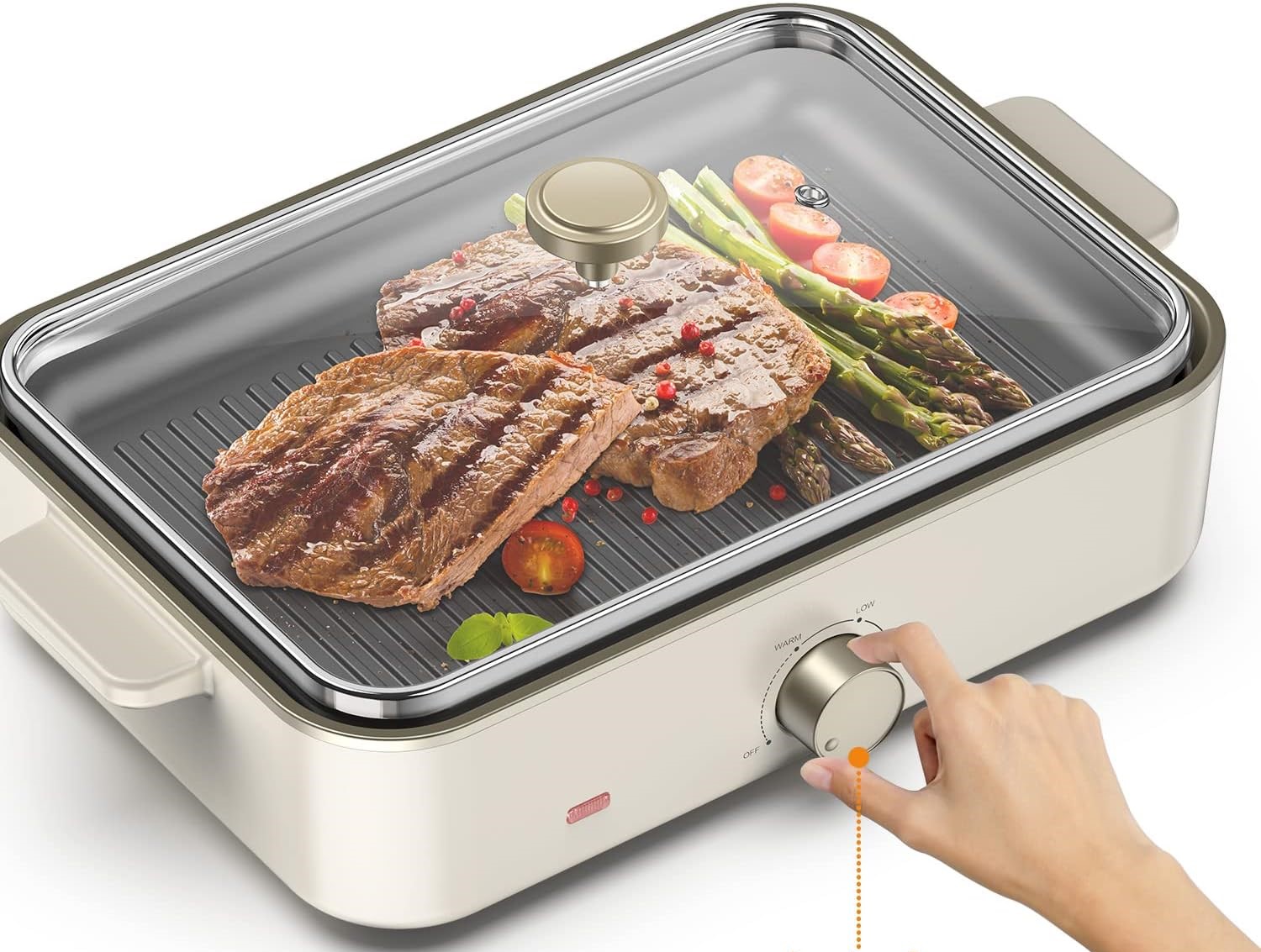
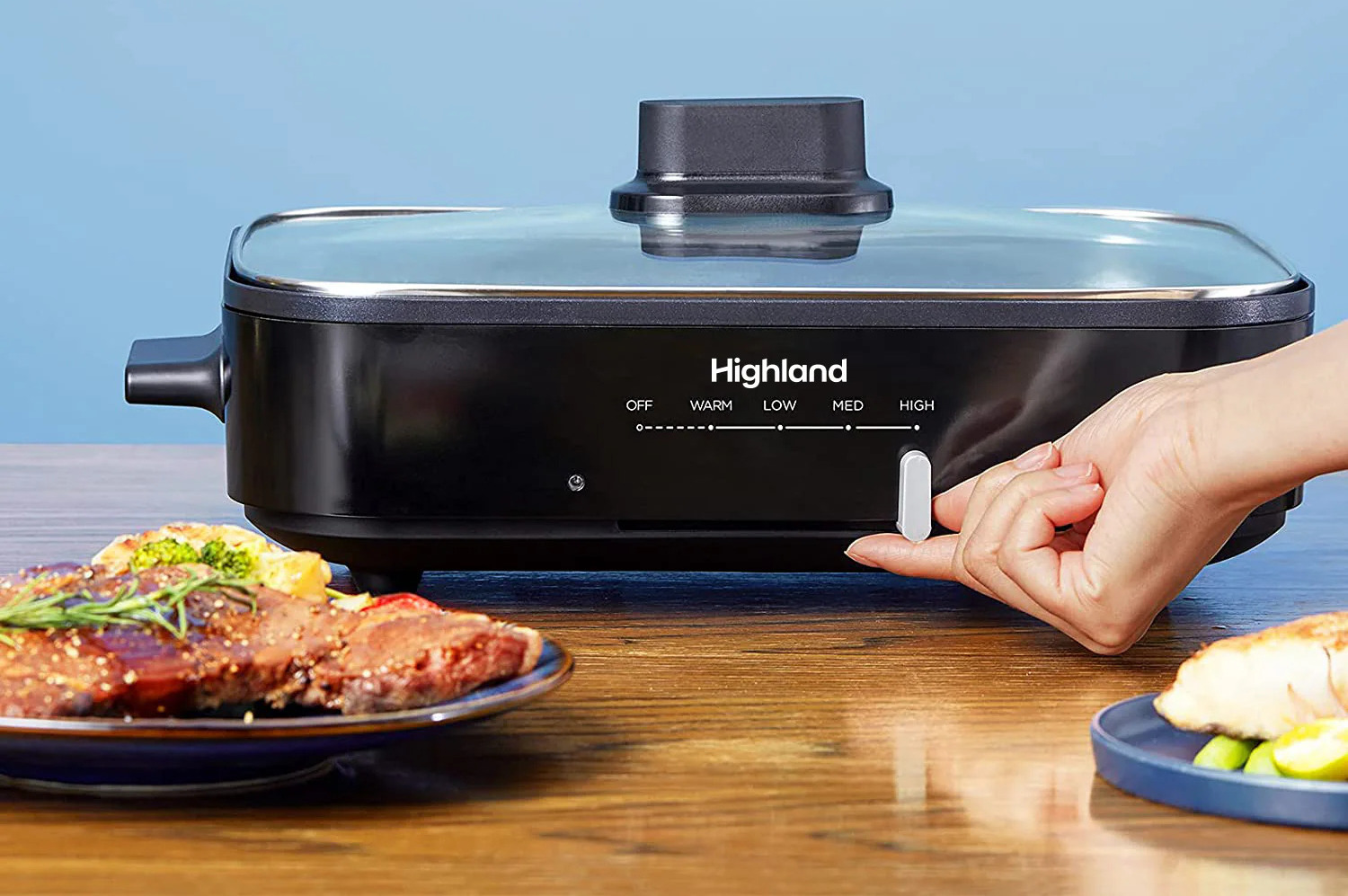
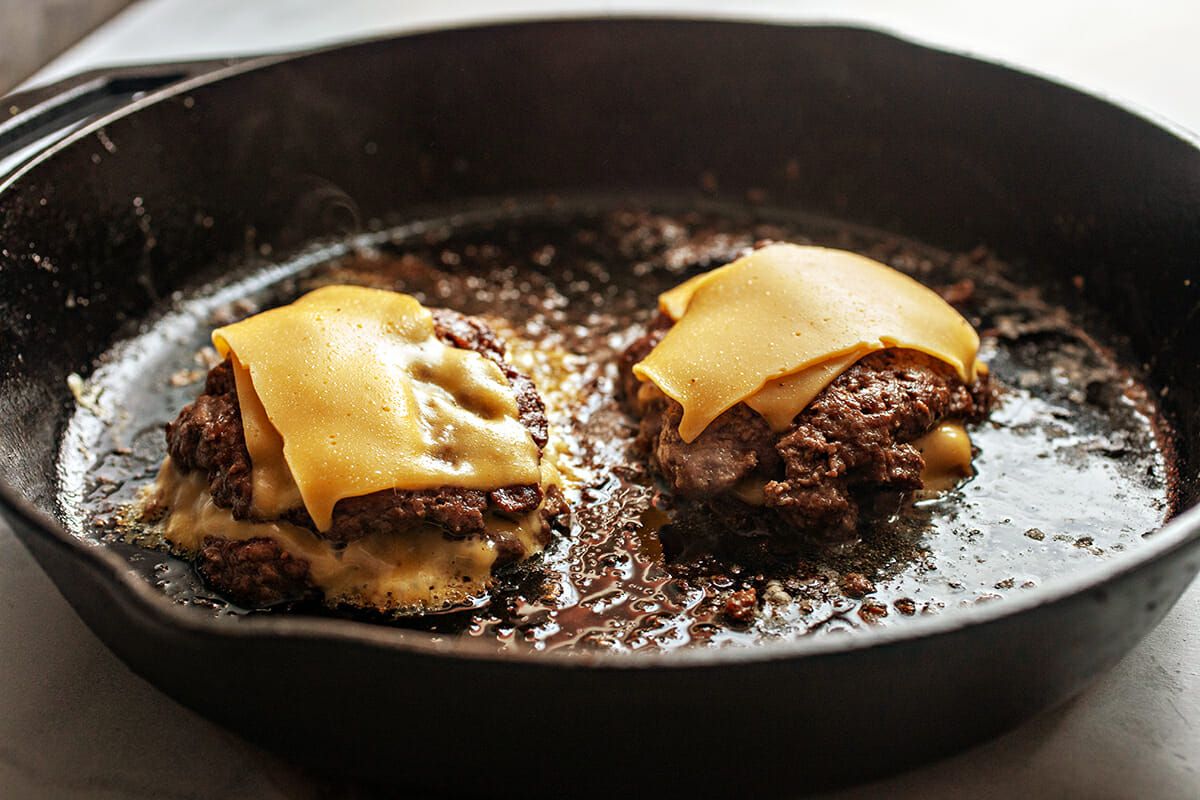
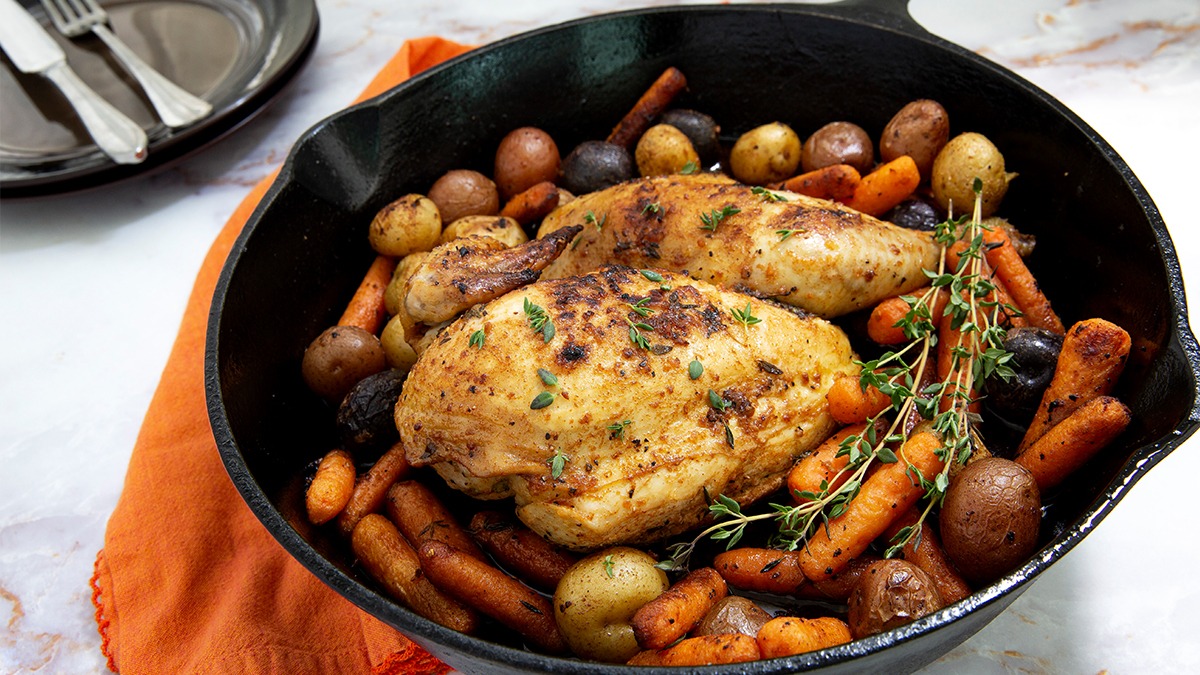
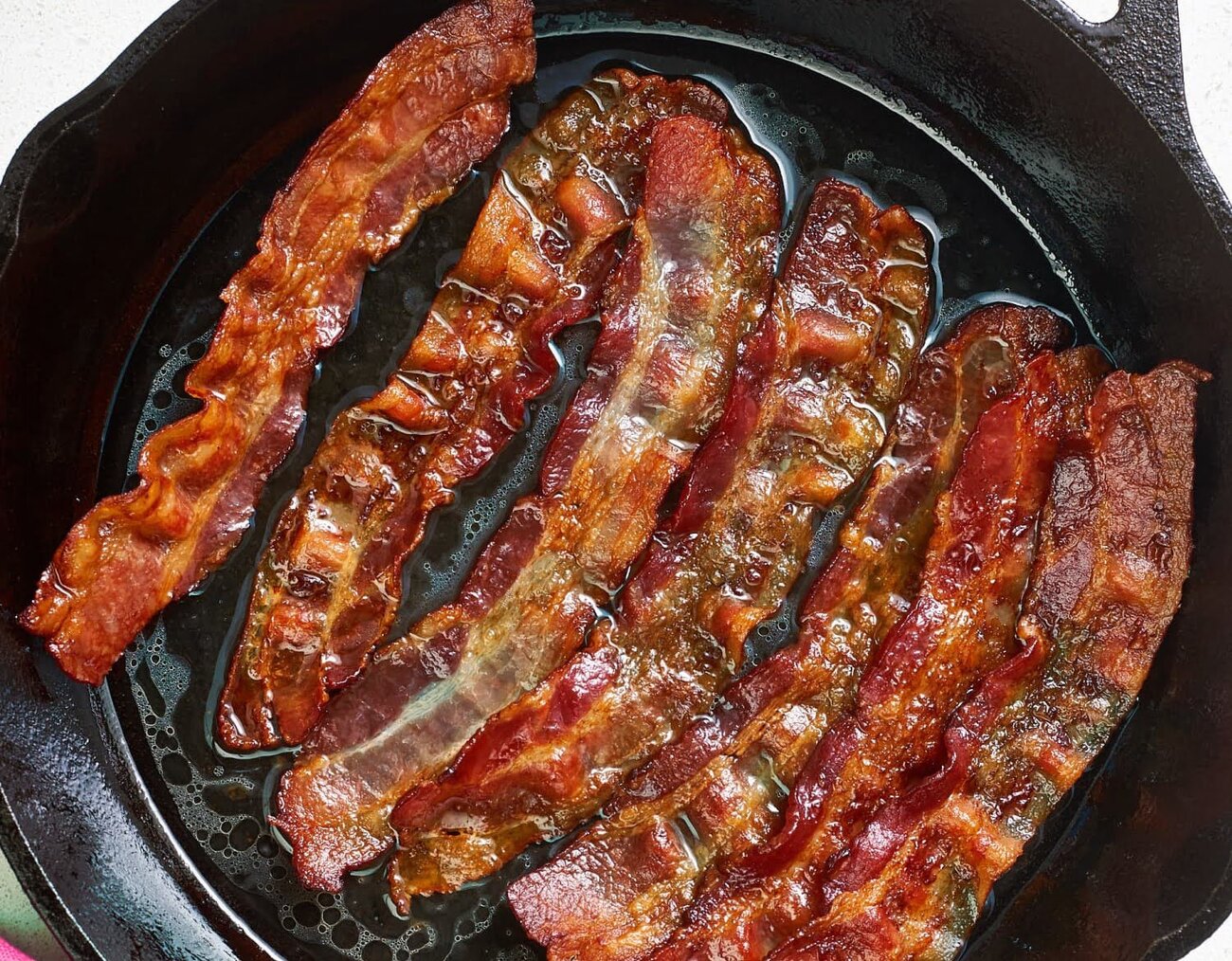
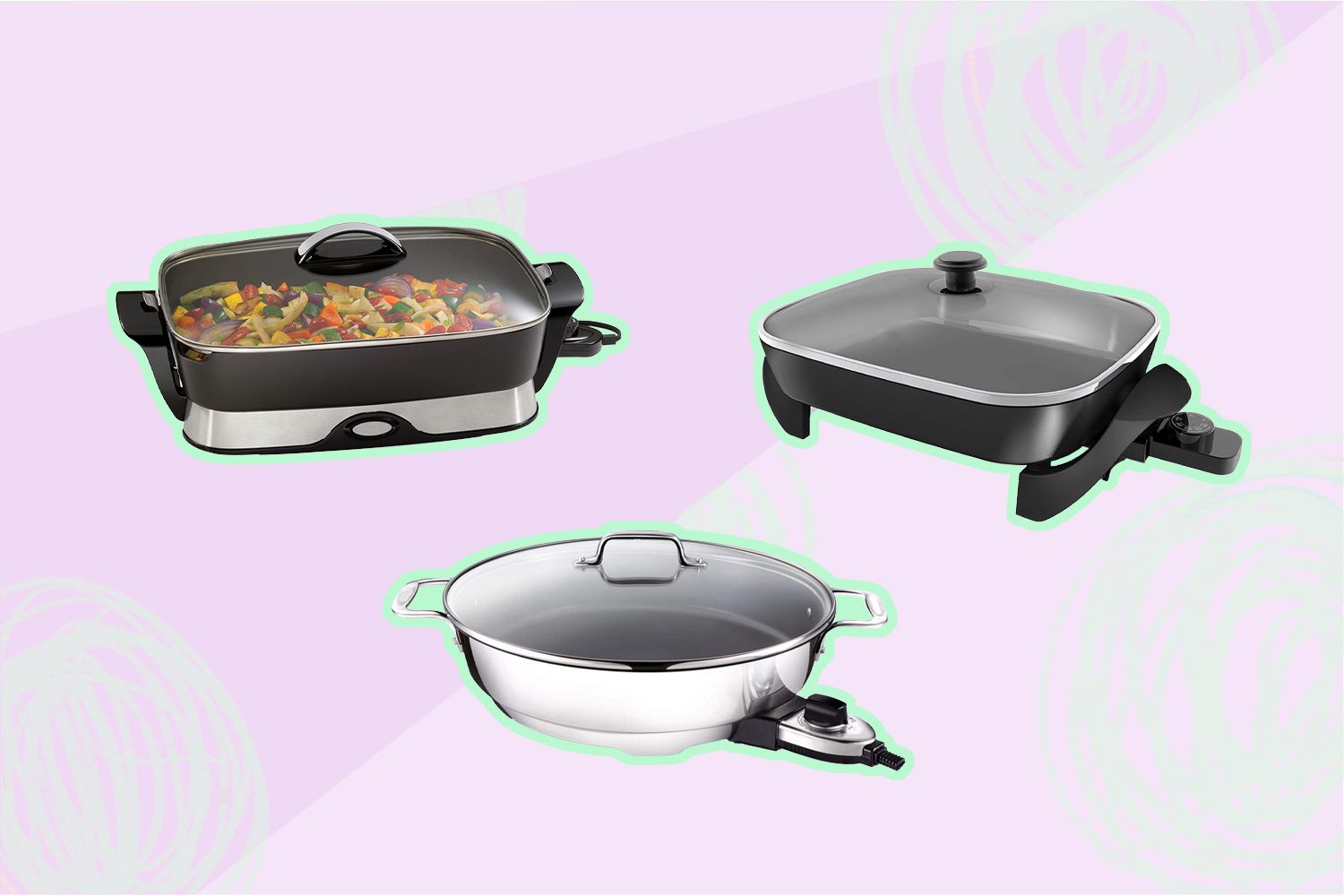
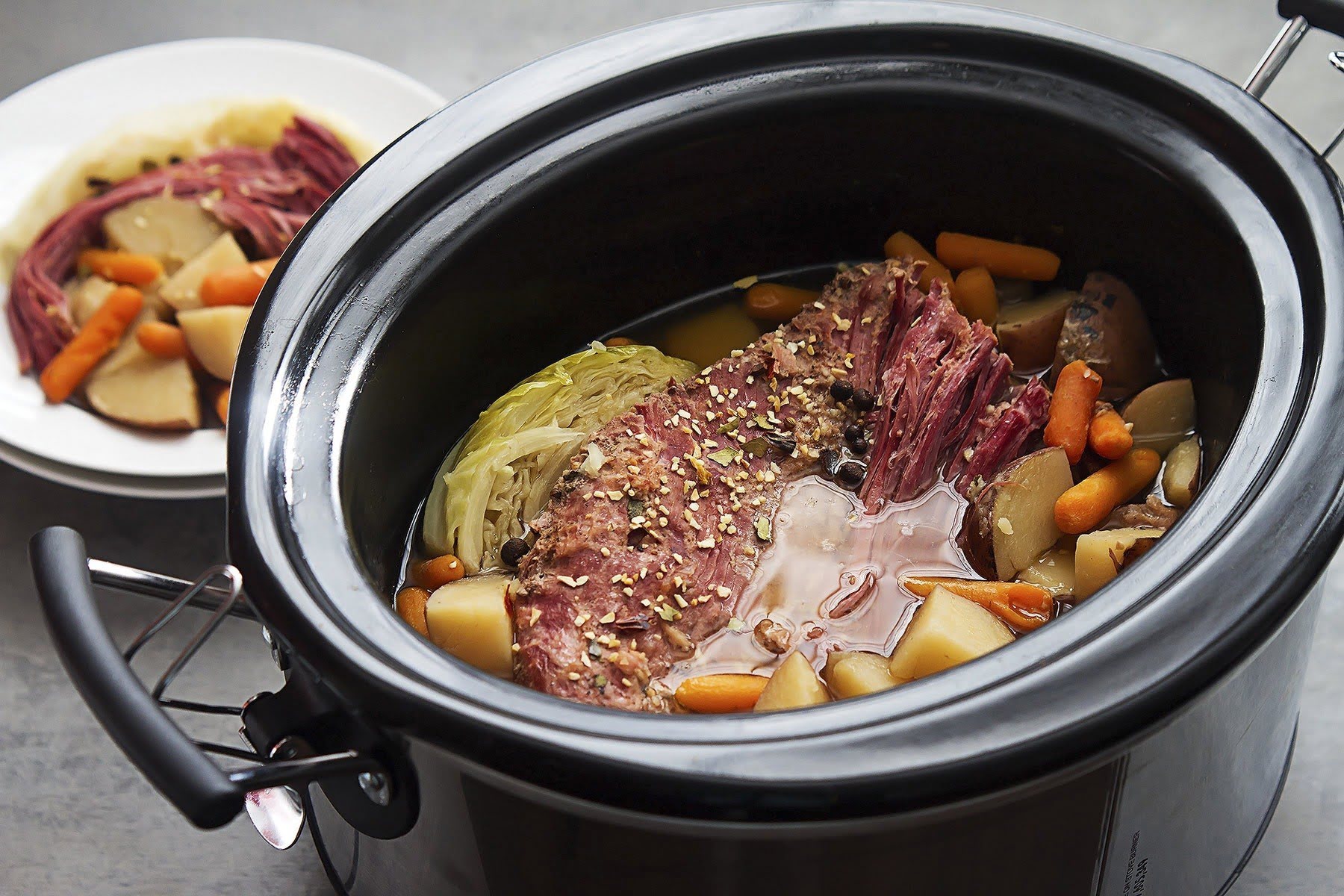
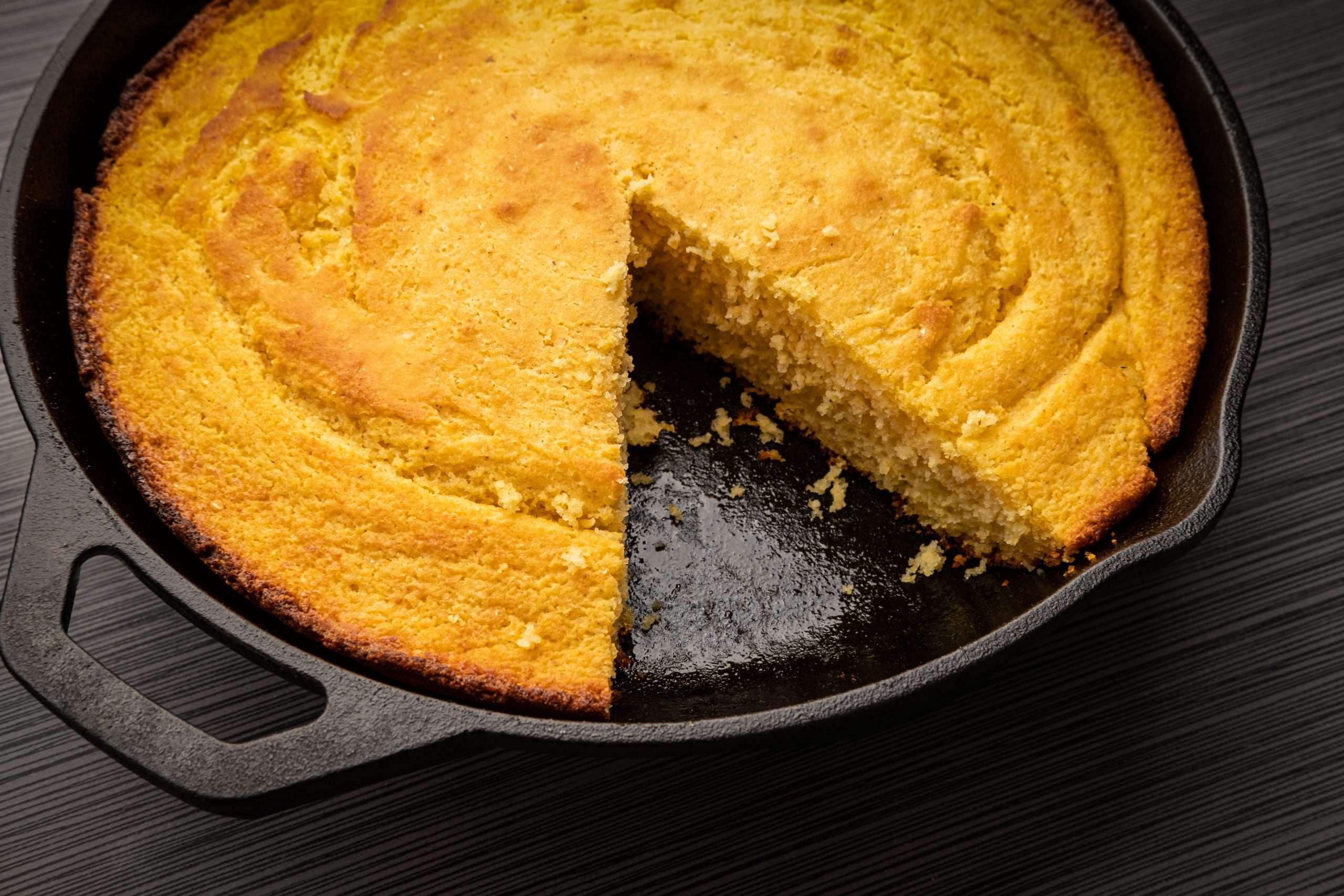
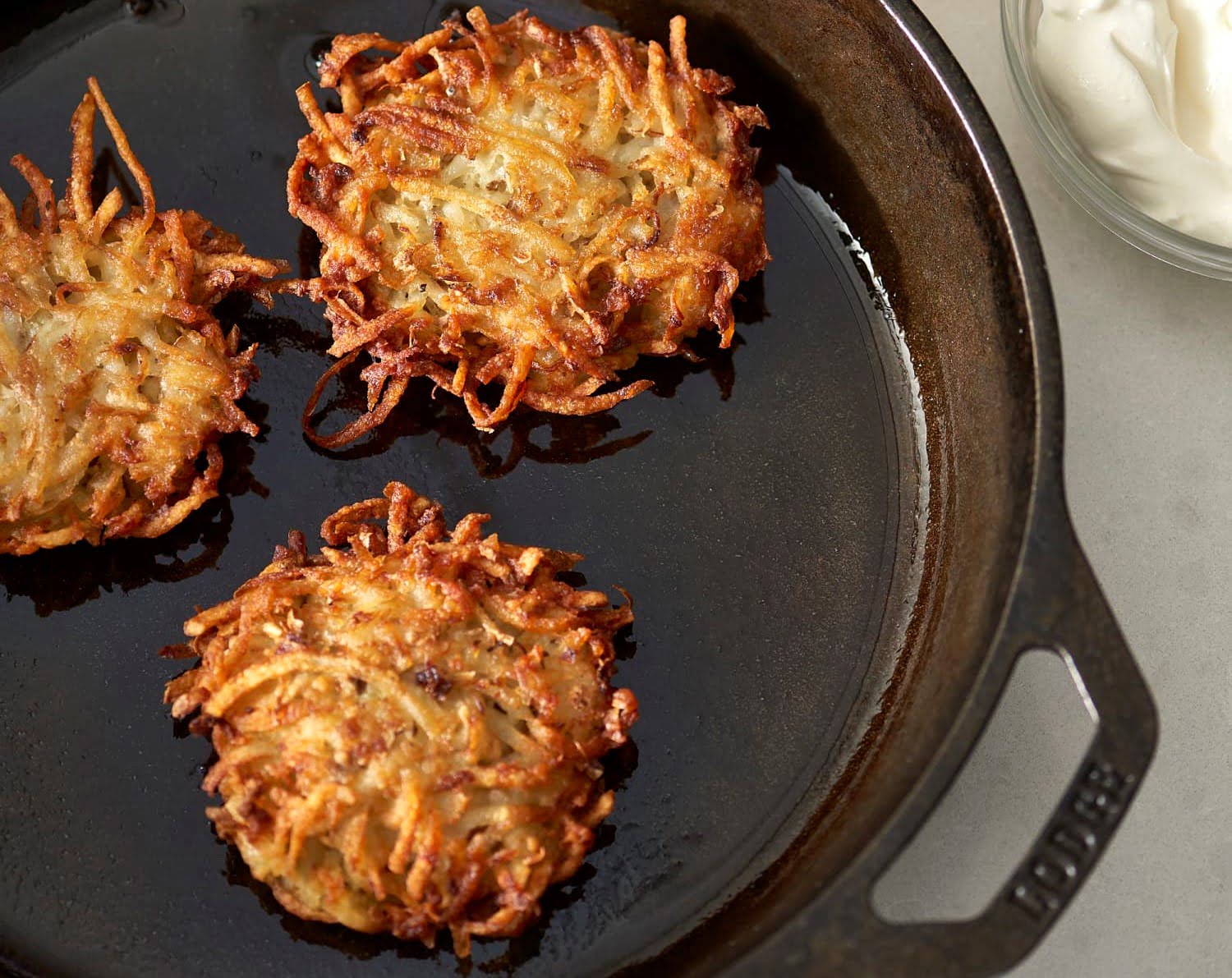
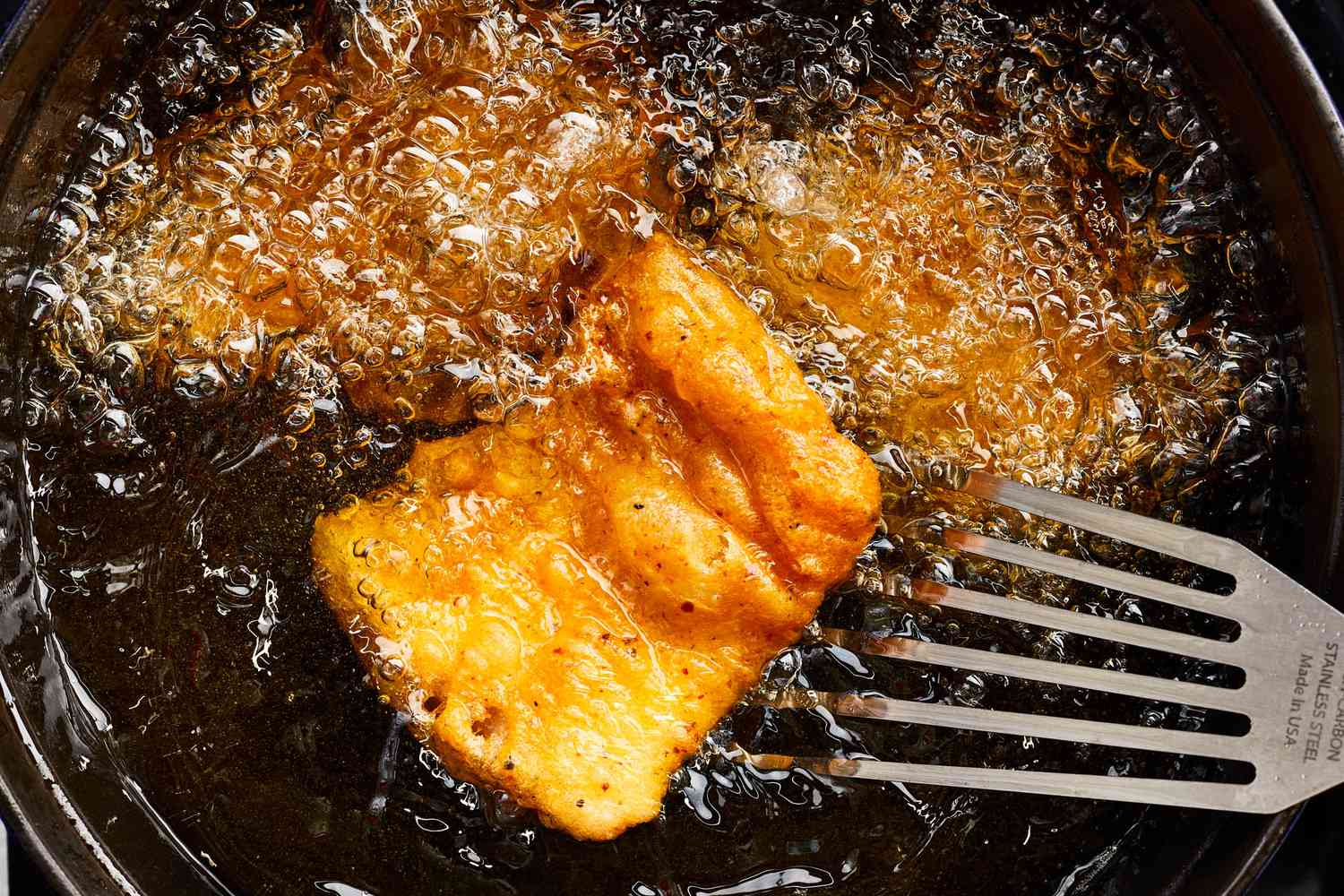
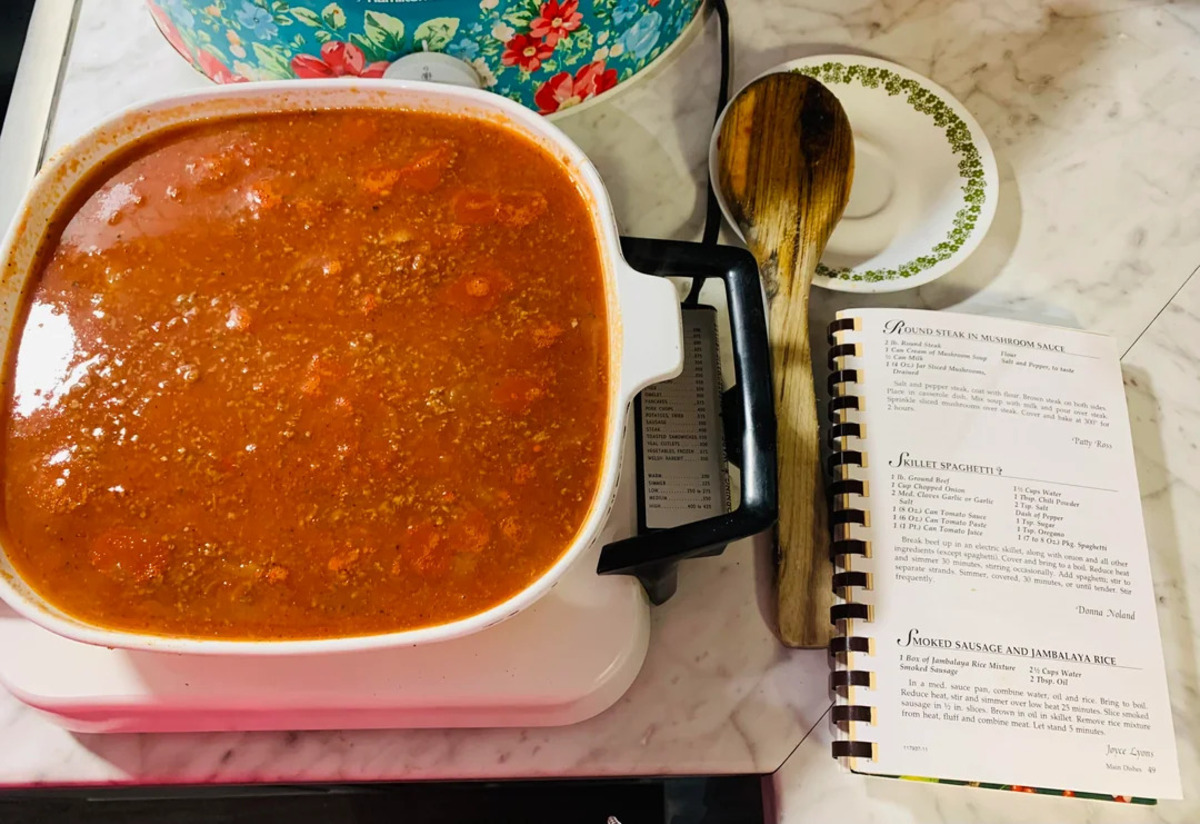
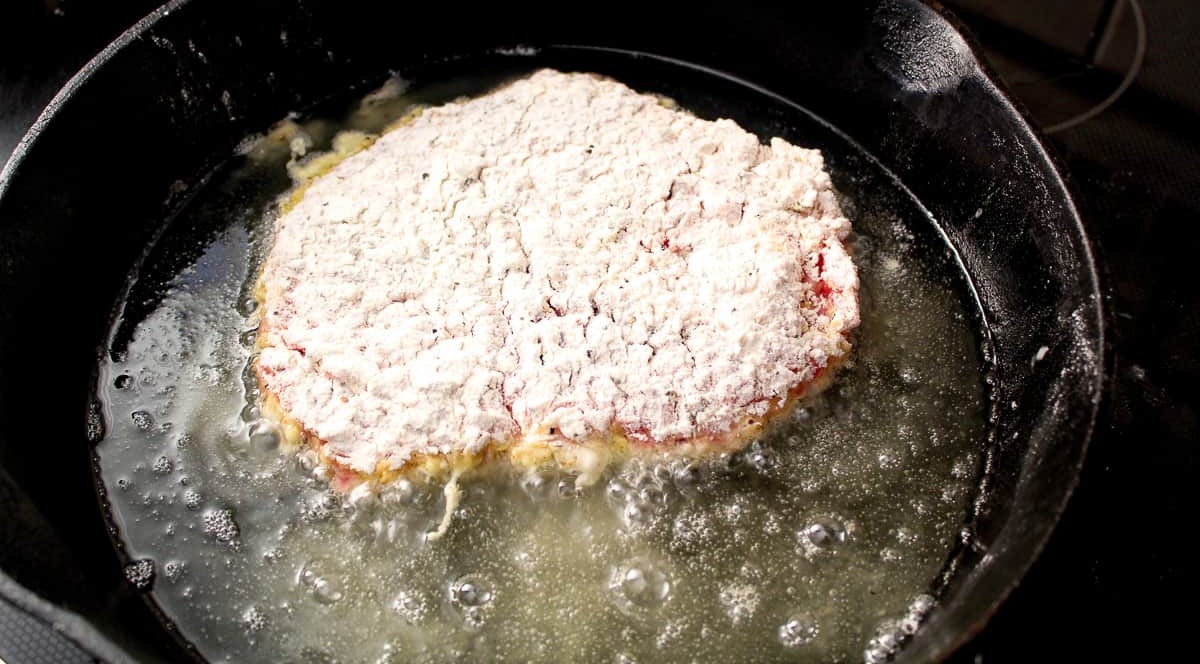
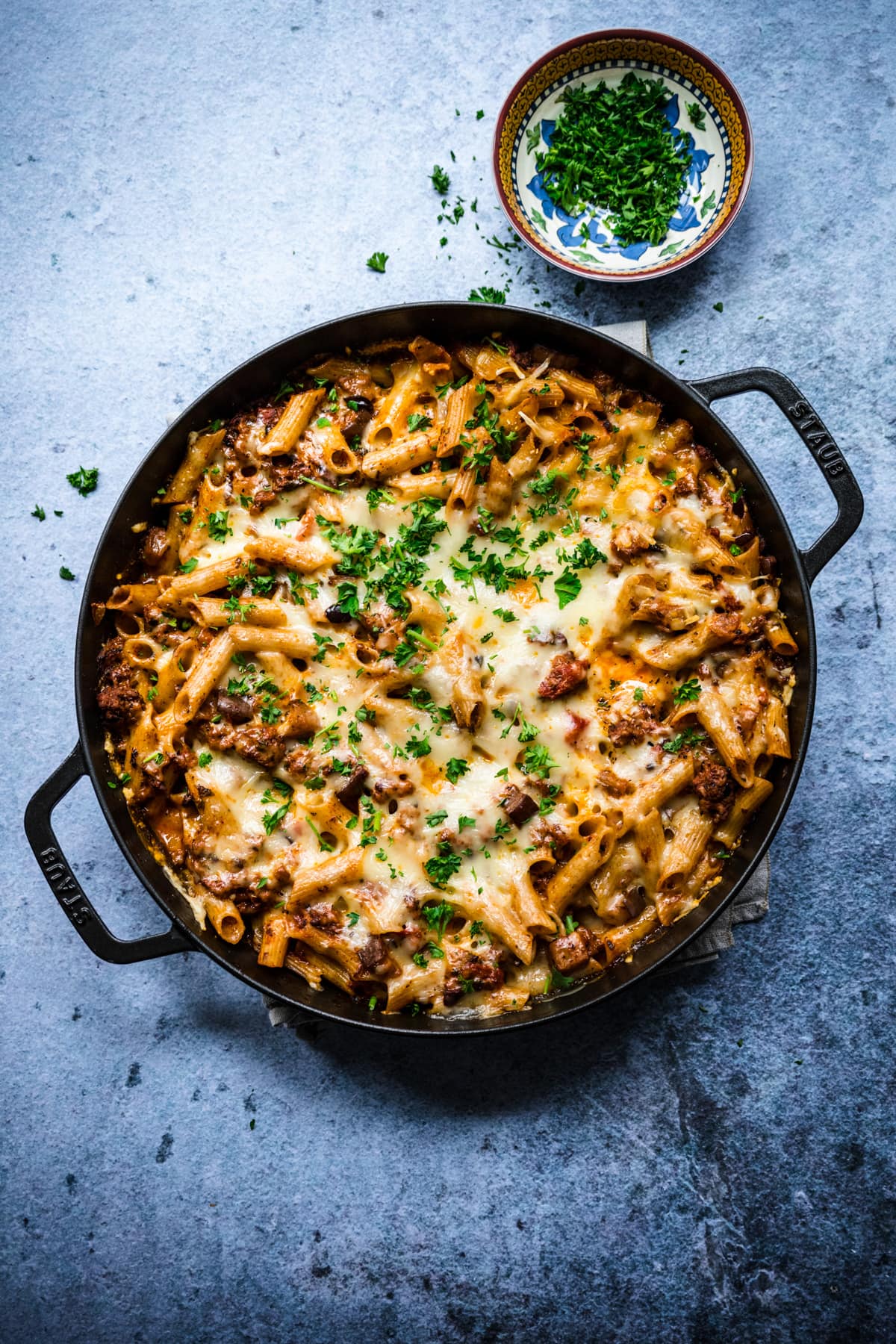
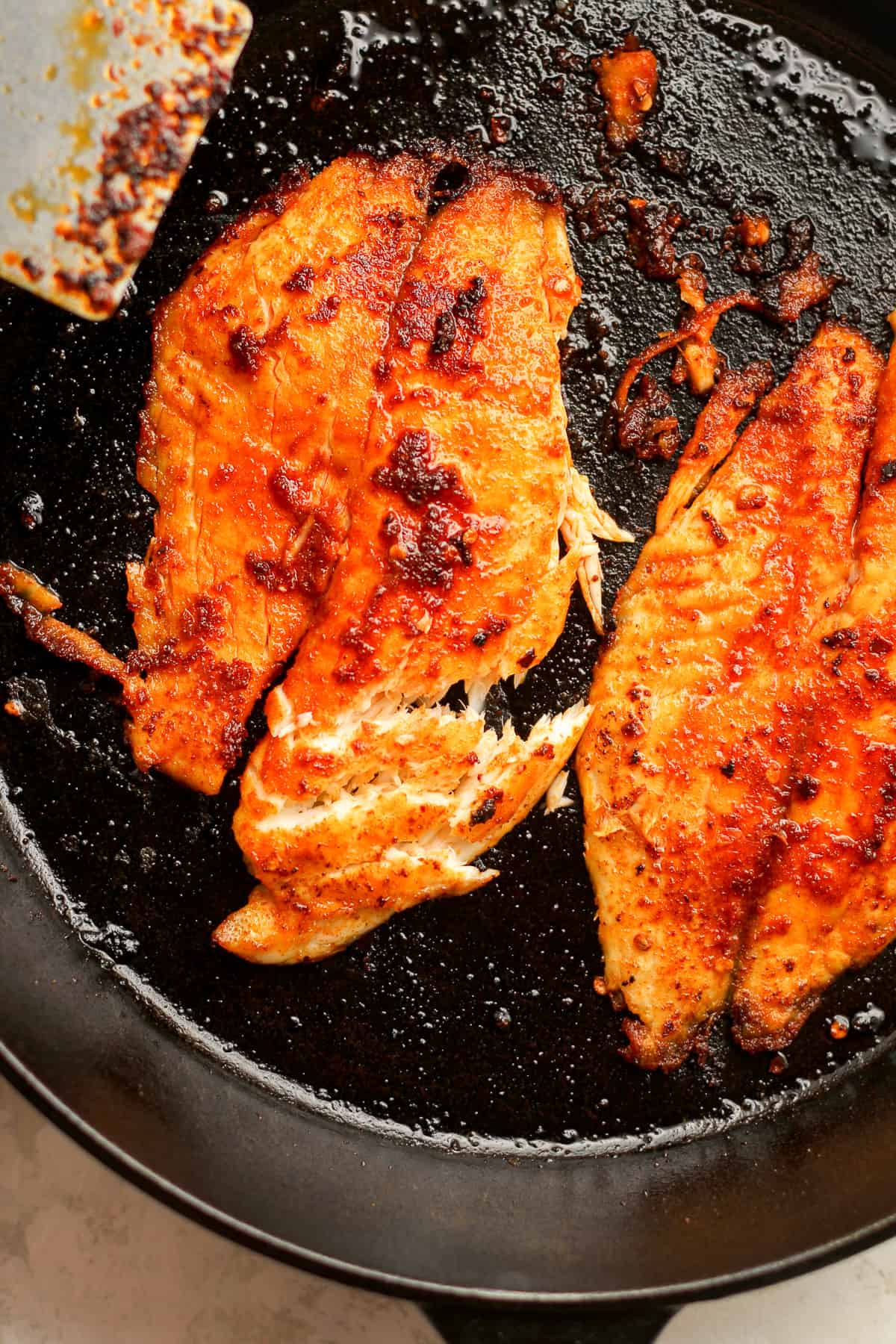

0 thoughts on “What Temperature Do Cook Pancakes In An Electric Skillet”